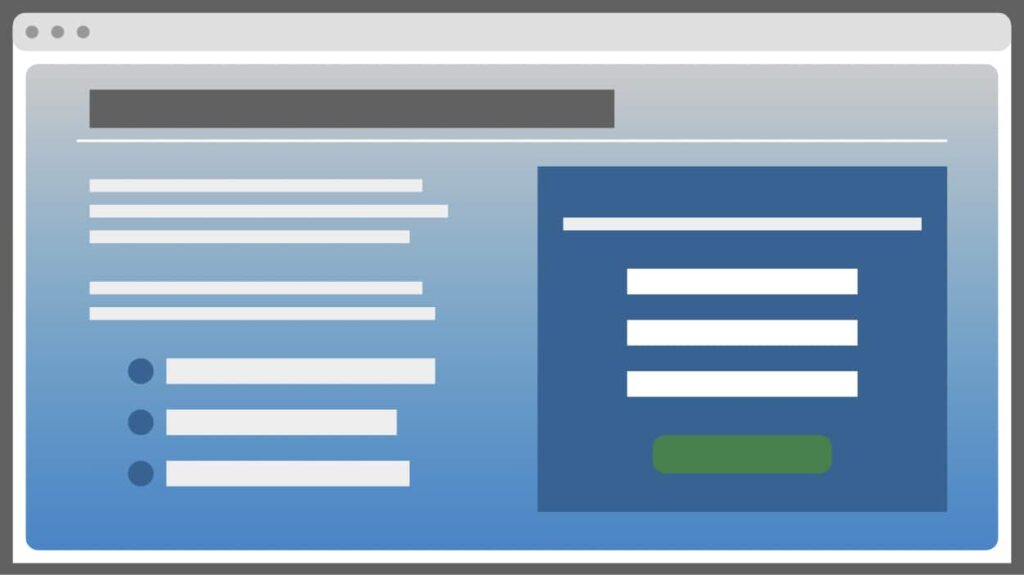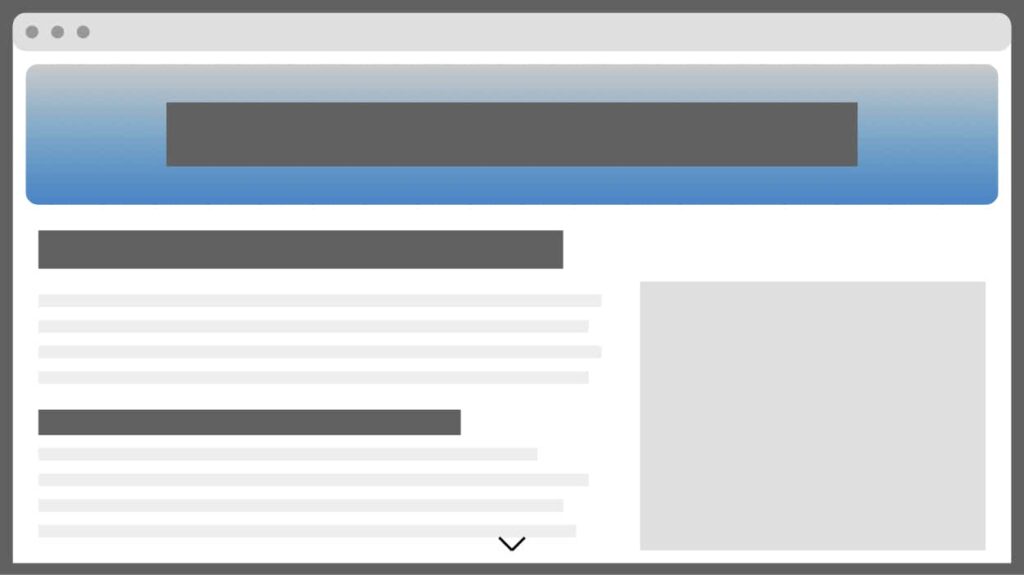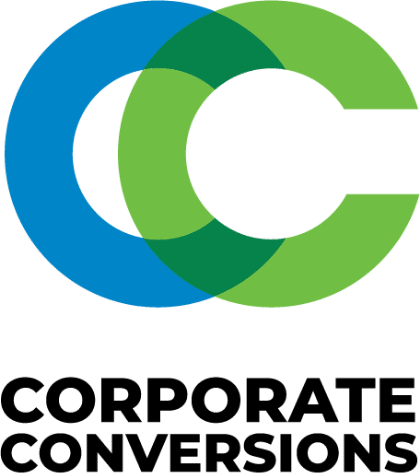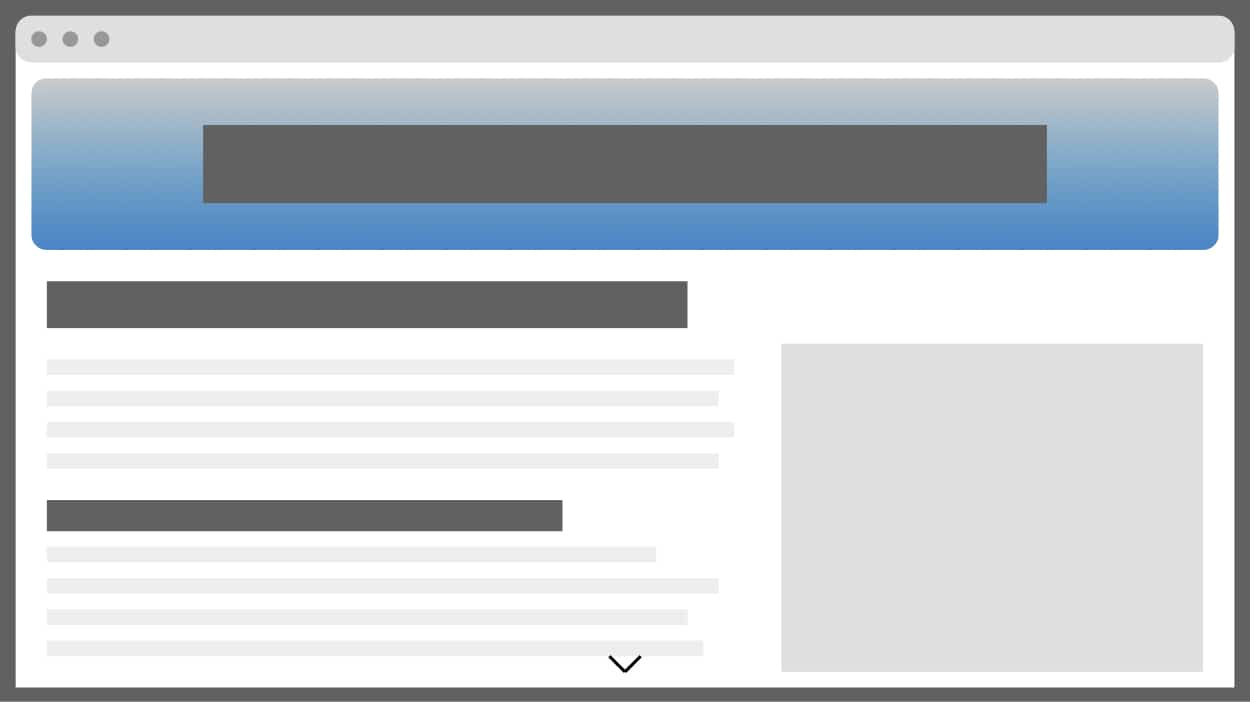What Is a Landing Page?
We’ve talked before what a landing page is and how it works, so here’s a quick summary of what specifically “landing page” refers to in the context of this post. While any web page that a user lands on can technically be deemed a landing page, this post will focus on landing pages that are created for specific web marketing goals. Those goals can range from lead generation and email subscriptions to product purchase and app downloads.
The Two Types of Landing Pages
All landing pages can essentially be categorized into two different types: short and sweet or long and detailed. While both types better serve different marketing goals, it can be difficult to choose which type to focus on due to overlapping pros and cons.
Short and Sweet

When talking about landing pages, this is more often the kind of page people have in mind. Something removed from the website’s navigation that promotes only key information while focusing most of the user’s attention on a form, email subscription, app download, etc. This kind of page is great for lead generation but can be difficult to make effective, especially if not much traffic is being directed to the page. It also falls short when it comes to keyword rankings or Google Ads quality score since higher content levels are major factors for both those goals.
Pros
- Higher conversion rates.
- Less work to create.
- Great for A/B testing.
- Faster load times due to fewer page elements.
Cons
- Lower search engine rankings.
- Lower Google Ads quality score.
- Doesn’t add to overall website content.
- Can be difficult to make effective.
Long and Detailed

Content is king, and, if your goal is to rank for a specific keyword, a detailed and content heavy page is the way to go. While every page of a website should focus around one important keyword this kind of page goes above and beyond the normal level of detail and content. These pages can often work into deeper layers of a website’s navigation as sub-pages or even blog posts. While the content should be built around useful information for the user, the target audience for this type of landing page is essentially search engine ranking algorithms.
This kind of landing page can be useful for ad campaigns as it will have a higher chance of receiving a higher landing page quality score, lowering overall ad score. The downside is a potentially lower conversion rate compared to the short and sweet page. Most users aren’t going to read most of the content and focusing the attention on a web lead or purchase is generally more effective.
Pros
- Higher keyword rankings.
- Higher Google Ads quality score.
- Adds to website’s overall content.
Cons
- Lower conversion rates.
- Time consuming to create.
- More difficult to A/B test.
Which Is the Most Effective Landing Page to Use?
At the end of the day it comes down to testing as there are always exceptions to the rule. However, in general a shorter landing page is better for lead generation and sales while a longer page is better for rankings. When creating an effective landing page for Google Ads or other paid advertising, it may be better to determine which stage of the marketing funnel those ads are targeting and what key performance indicators are used to measure the success of a campaign.


